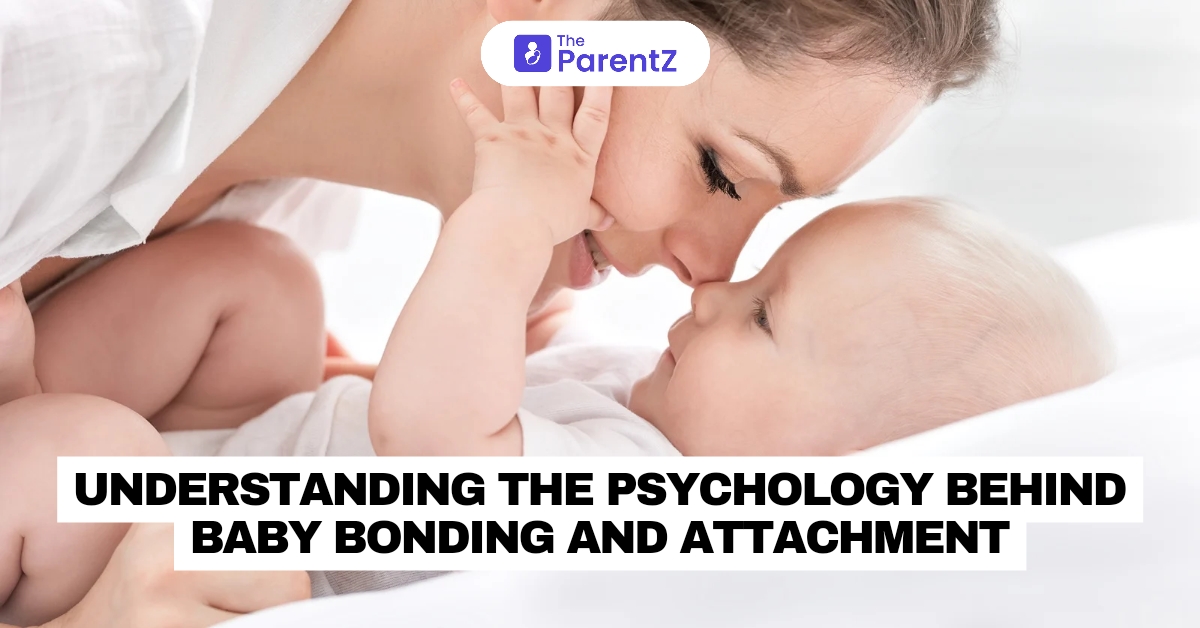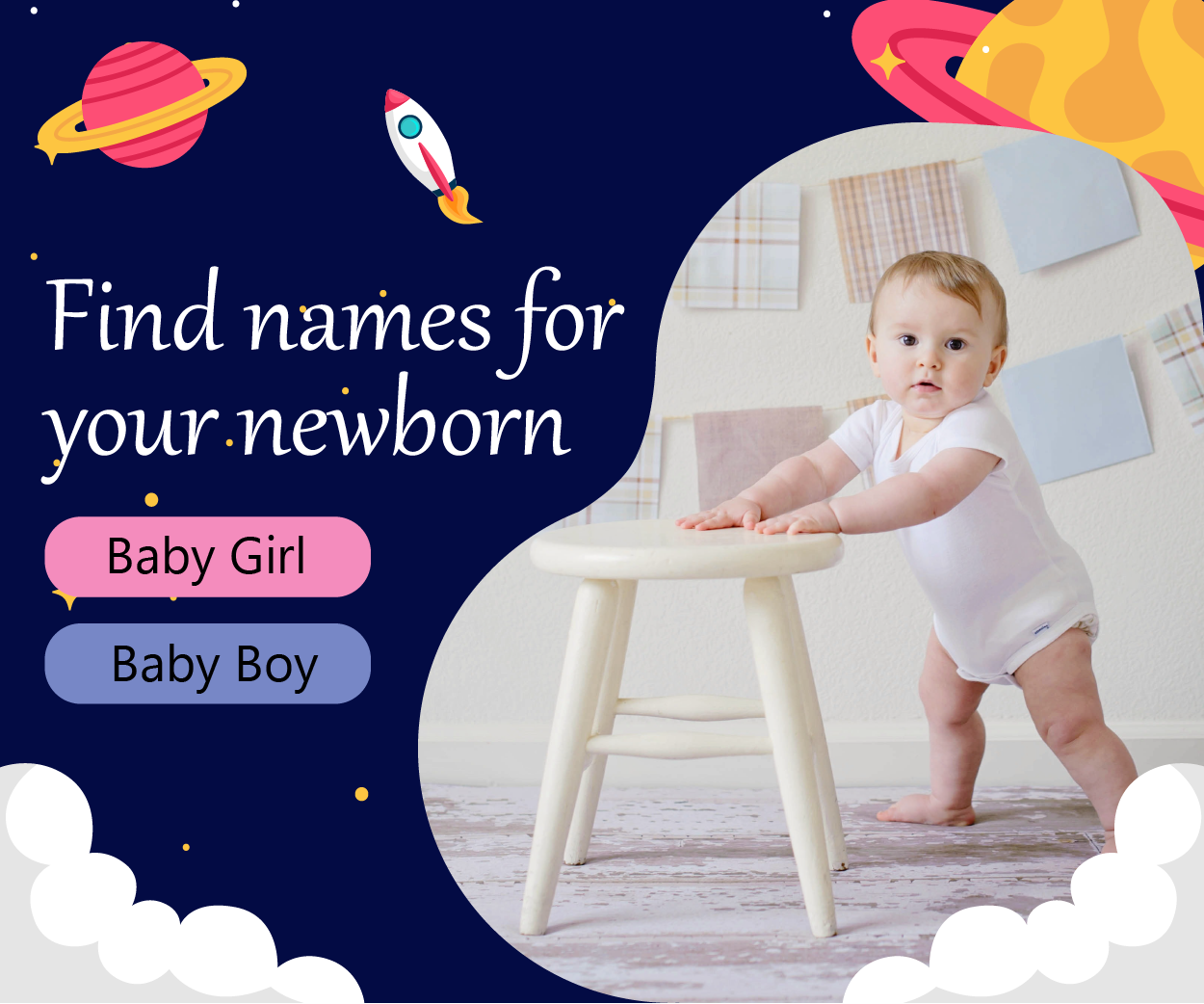Baby bonding and attachment are crucial aspects of early childhood development that have long-lasting effects on an individual’s emotional and social well-being. Understanding the psychology behind these processes helps caregivers foster a nurturing environment that promotes healthy development. This article delves into the key psychological theories and practices surrounding baby bonding and attachment, highlighting their importance, stages, and practical tips for caregivers.
The Importance of Bonding and Attachment
Emotional Development
The bond between a baby and their caregiver forms the foundation of the child’s emotional development. Secure attachment provides the child with a sense of safety and trust, allowing them to explore the world confidently and develop healthy relationships in the future.
Cognitive Development
A strong attachment also influences cognitive development. When children feel secure, they are more likely to engage in exploratory play and learning, which are critical for cognitive growth. This secure base allows the brain to develop more robust neural connections, enhancing learning and memory.
Social Development
Attachment is essential for social development. Through interactions with caregivers, babies learn social cues, empathy, and communication skills. These early experiences shape their ability to form and maintain relationships throughout their lives.
Theories of Attachment
John Bowlby’s Attachment Theory
John Bowlby, a British psychologist, is considered the father of attachment theory. He proposed that children are biologically predisposed to form attachments with caregivers as a means of survival. Bowlby identified four phases of attachment:
- Pre-attachment Phase (0-6 weeks): Infants show no particular attachment to a specific caregiver.
- Attachment-in-the-Making Phase (6 weeks to 6-8 months): Infants begin to show preference for primary and secondary caregivers.
- Clear-Cut Attachment Phase (6-8 months to 18 months-2 years): Infants display strong attachment to one specific caregiver, showing separation anxiety when apart.
- Formation of Reciprocal Relationships (18 months-2 years and beyond): Toddlers understand caregiver schedules and begin to form a more balanced relationship.
Mary Ainsworth’s Strange Situation
Mary Ainsworth, a developmental psychologist, expanded on Bowlby’s work through her “Strange Situation” study, which identified three main attachment styles:
- Secure Attachment: Children feel confident that their caregiver will meet their needs. They use the caregiver as a safe base to explore the environment.
- Insecure-Avoidant Attachment: Children do not seek comfort from the caregiver and show little emotion when the caregiver departs or returns.
- Insecure-Ambivalent Attachment: Children are clingy and dependent but reject the caregiver when they attempt to engage.
Later research by Ainsworth and others identified a fourth style, Insecure-Disorganized Attachment, where children exhibit confused or contradictory behaviors toward the caregiver.
Factors Influencing Attachment
Caregiver Sensitivity
Responsive and sensitive caregiving is crucial for the development of secure attachment. When caregivers consistently meet the baby’s needs, the child learns to trust and rely on them, fostering a secure bond.
Consistency and Predictability
Consistency in caregiving routines helps babies feel secure and understand what to expect. Predictable routines around feeding, sleeping, and playtime contribute to a stable environment conducive to secure attachment.
Early Experiences
Early life experiences, including trauma or neglect, can significantly impact attachment styles. Children who experience consistent caregiving in a safe environment are more likely to develop secure attachments, while those who face instability may develop insecure attachments.
Practical Tips for Fostering Bonding and Attachment
Skin-to-Skin Contact
Skin-to-skin contact, especially in the early days and weeks, promotes bonding by providing warmth and comfort. This practice also stimulates the release of oxytocin, a hormone associated with bonding and attachment.
Responsive Feeding
Feeding, whether breastfeeding or bottle-feeding, offers an opportunity for bonding. Responsive feeding, where caregivers follow the baby’s hunger cues, fosters trust and security.
Consistent Routines
Establishing consistent daily routines helps babies feel secure. Regular sleep schedules, feeding times, and play activities provide a predictable environment that supports attachment.
Play and Interaction
Engaging in play and interactive activities strengthens the bond between caregiver and child. Simple games, talking, and singing to the baby enhance social and emotional development.
Comforting and Soothing
Promptly responding to a baby’s cries and providing comfort reinforces the baby’s trust in their caregiver. Techniques such as gentle rocking, swaddling, and soothing sounds can help calm the baby and strengthen attachment.
Conclusion
Understanding the psychology behind baby bonding and attachment is essential for fostering a nurturing environment that supports a child’s emotional, cognitive, and social development. By being responsive, consistent, and engaging, caregivers can form strong, secure attachments with their children, laying the foundation for their well-being throughout life.









Be the first one to comment on this story.